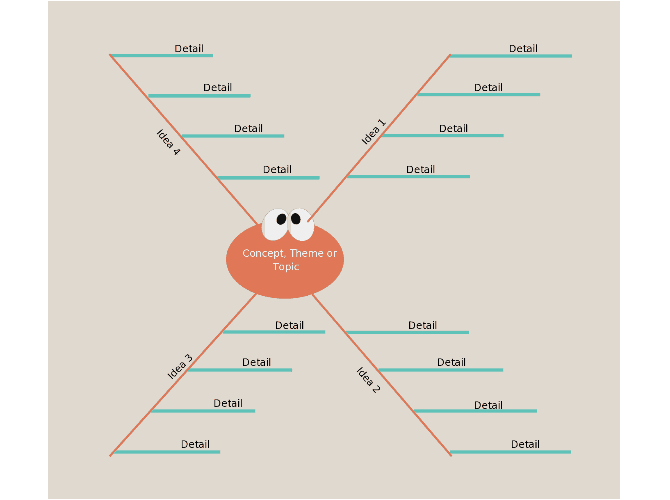How to Easily Create Spider Graphs in Excel

Spider graphs, also known as radar charts or web charts, are a visually compelling way to display multivariate data in a two-dimensional form. These charts are particularly useful when you need to compare several datasets across multiple variables simultaneously. Excel, a powerful tool for data analysis, simplifies the process of creating these spider graphs. This tutorial will guide you through the steps to easily construct spider graphs in Excel, ensuring you can present your data effectively and attractively.
Understanding the Basics of Spider Graphs
Before diving into the creation of spider graphs, it’s beneficial to understand what they are and when they are most effective:
- What is a Spider Graph? A spider graph plots variables (typically 3 to 10) on separate axes radiating outwards from the center. Each axis represents a different variable, and the ‘web’ pattern visually shows how each variable performs across different data sets.
- When to Use Them: They are ideal for:
- Comparing the performance of entities (like products, teams, or individuals) across multiple criteria.
- Visualizing performance indicators in HR, business strategy, sports statistics, and customer satisfaction surveys.
Step-by-Step Guide to Creating a Spider Graph in Excel
Here’s how you can create a spider graph:
1. Prepare Your Data
- Ensure your data is in a tabular format where rows represent different entities, and columns are the variables to be compared.
- Example: A company might want to compare different departments on metrics like Efficiency, Innovation, Teamwork, and Customer Satisfaction.
✍️ Note: Make sure each variable starts with the same base value for accurate comparison.
2. Inserting a Radar Chart
- Select the data range including headers.
- Go to the Insert tab on the Ribbon, click on the Charts section, and then choose Radar from the list.
- Excel provides several radar chart options:
- Radar: A basic spider graph where all axes start from the center at zero.
- Radar with Markers: Adds markers to each point of data.
- Filled Radar: Fills the area below the lines for better visual emphasis.
3. Customize Your Spider Graph
- Change the Layout: Access ‘Chart Elements’ (the plus sign next to the chart) to add or remove chart elements like legend, data labels, or axis titles.
- Format Axes:
- Right-click on any axis to open the ‘Format Axis’ pane. Here you can adjust axis scales, set axis intervals, and alter the scale units.
- Style and Color: Use the ‘Chart Styles’ option to apply different themes or manually change colors and line styles for better visual distinction.
- Add Data Labels: Adding labels to your points or axis can help readers understand the chart without referring back to the legend.
👀 Note: Avoid cluttering the graph. Ensure each component adds value to your data representation.
4. Enhancing Readability
- Using a Scale: Make sure the axes are scaled appropriately to show clear differences in data points. A logarithmic scale might be useful if your data varies significantly.
- Color Coding: Assign different colors to each entity or series for easy identification.
- Grid Lines: Optionally, include grid lines for better readability, but ensure they don’t overwhelm the chart’s readability.
5. Save and Use
- Save your Excel workbook, and the chart will update dynamically with changes to the source data.
- You can also copy the chart to paste in other documents or presentations.
💡 Note: For live presentations, consider using linked data so that updates in the Excel file automatically reflect in your presentation.
Conclusion
Spider graphs in Excel are not only easy to create but also offer a versatile way to compare and analyze data across multiple variables. By following the steps outlined above, you can produce clear, insightful, and engaging visualizations that will communicate your data effectively. Whether you’re in HR, marketing, or any field requiring data visualization, mastering spider graphs can enhance your analytical capabilities and presentation skills.
What is the best number of variables for a spider graph?
+Ideally, between 3 to 10 variables ensure the chart remains clear and readable. Too many variables can make the graph cluttered.
Can spider graphs be used for all types of data?
+They are best suited for datasets where you want to compare different entities across multiple related variables. However, for time-series data, line graphs might be more appropriate.
How do I change the scale of my spider graph in Excel?
+Right-click on any axis, choose ‘Format Axis’, and from there you can adjust the scale, axis bounds, and units to fit your data’s range.



